|
In the summer of 2008, my oldest son Mark asked if we could become members of the Field Museum in Chicago. He wanted to attend member’s night. This is a special event where the mysteries of the third floor of the museum are open to the public. Those readers, who have been to the Field Museum, are already familiar with the wonderful natural history displays on the first and second floors. What are less familiar are the third and fourth floors. The third floor is devoted to scientific research and investigation related to the natural world around us. On the fourth floor the ideas for presentation and display are created and brought to life. It’s on the third floor that this story begins. My family had been investigating the different rooms where the museum scientists had set up displays, highlighting details of their research. We walked into a room where a crowd had formed around a scientist busily dissecting a tiger that had recently died at a local zoo. He removed parts and explained what each one was and what he was looking for as a scientist. Each part was measured and compared to other specimens, to better understand changes taking place in tigers over time. A nametag read Dr. Bill Stanley, and Bill was answering questions as he worked. Mark asked, “How does one become a scientist?” Bill answered, “I started as a volunteer, as did many of the people working here.” He gestured to his assistant and explained that the assistant was currently a volunteer. Bill went on to explain the many benefits of volunteering. For him, and many people, it is their first introduction to their life’s work. He said, “Find something you might like, and find a way to volunteer. It doesn’t matter what it is, if it interests you, try it. Maybe it turns out it’s not your thing, move on, try something else. It’s a great way to learn something new, learn about yourself, and spend time with people that share similar interests.” He went on to explain that one must be 16 years old, or accompanied by a parent, to volunteer at the Field Museum. On the morning of Mark’s sixteenth birthday, Mark took a train downtown and began volunteering in the bird lab on the third floor of the Field Museum. Dr. Bill Stanley and Mark became friends, and Mark is currently involved in a graduate degree related to things he learned at the Field Museum. My two younger children also took Bill’s advice, and also found their life’s work through their volunteer experiences. My wife finds satisfaction and friendship through an organization called “Arlington Cares” which provides assistance to families in need in our local community. Myself, I find volunteering and helping at Nachusa Grasslands to be richly rewarding! My journey to volunteering at Nachusa started long before TNC began land acquisitions in Lee and Ogle counties. As a boy, I lived in Glenview and right behind my house, after crossing railroad tracks, was a wooded area called “The Grove”. I would often walk through The Grove to find peace and solitude. It was dense with buckthorn and the ground was mostly bare, but some native plants would emerge. Plants like Mayapple, Jack–in–the–Pulpit, and wild onions. Oh, what a smell when walking through the wild onions during their peak, a delicate sweet smell of onion, not the overpowering kind that comes from slicing onions. Once in the fall, in a moment of mischief, I lit the dry grass along the railroad tracks on fire. The flames burned high, but it was a still day, and after the initial fuel burn, the flames subsided and I put it out. In the spring, much to my surprise, this area was lush with tender green grass. The difference from the nearby grass was dramatic and caused me to ponder on the possible reasons the fire brought this change. As an adult, I worked with a group of volunteers interested in native plants and birds. They had received permission to work in the Cook County Forest Preserves. The mission was to clear the invasive buckthorn to allow light through to the ground, where it was hoped original native plant communities could be revived. Originally called the “North Branch Prairie Project”, the focus was to open up portions of the forest floor, return native plants and fire, enhance native plant diversity and suppress invasive species. In spite of the name it was understood that we were working with different ecosystems. The name has now been changed to “North Branch Restoration Project” to reflect the varied ecosystems. Whether it was prairie, woodland, or the newly recognized but poorly understood Oak Savanna, the idea was to bring forest preserve conditions back to presettlement times. It was during my time working as a volunteer with the North Branch that I learned of “The Midwest Oak Savanna Conference”. It was at this conference that I first learned of Nachusa and signed up for their newsletter. The idea that The Nature Conservancy would buy up remnant prairie, return fire to them, and then buy adjoining land and restore it, captured my imagination. I would read every newsletter and ponder the work of clearing brush, breaking drain tile, and removing fence. I would look for articles that suggested some rare plant, bird, or animal now called Nachusa home, and that its populations at Nachusa were increasing. I picked up a flyer for Illinois RiverWatch training, a program that uses citizen scientist volunteers to monitor the health of Illinois rivers. It was at this training class that I met Mary Vieregg, a long–time steward and volunteer at Nachusa Grasslands. Mary was organizing a group of volunteers to sample the creeks at Nachusa and get data on stream health, pre-bison. I had never been to Nachusa and asked if she needed help. So my first trip to Nachusa was to help collect, identify, and count macroinvertebrates from Wade Creek in early spring. I was awestruck! Before I even made it to the barn I began to notice all the prairie plants. The diversity of plants growing alongside the driveway testified to how special this place is. It was a place I wanted to be, and when I began meeting and working with other volunteers and the staff at Nachusa, I felt welcome and appreciated. Project Director, Bill Kleiman, and Restoration Ecologist, Cody Considine, are knowledgeable, organized, and never waste a volunteer’s time. There are always projects for just about every interest. Wherever one’s talents lie there is a need waiting to be met. In addition to RiverWatch with Mary and friends, I help with brush cutting, weed sweeps, trail maintenance, fire equipment maintenance, frog monitoring, data recording, brush and prairie burns. The list goes on. 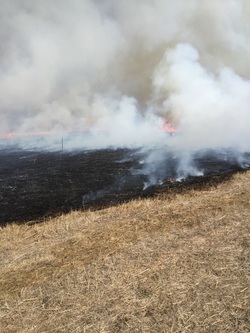 Fire returns to the Grassland. Photo by Paul Swanson. Fire returns to the Grassland. Photo by Paul Swanson. Volunteering at Nachusa is a wonderful way to connect with nature and other people. Work at your own pace and take time to appreciate the wonderful views. Admire the flowers, insects, and incredible birds. Explore your creative side and be inspired to write, photograph, or paint. If you like organizing, help with the annual “Autumn on the Prairie” celebration. If you’re mechanically inclined, maybe helping with vehicle maintenance is for you. Sometimes a scientist may need help with collecting data or other aspects of their research. I personally find the science of the prairie to be most fascinating. There are tasks for all ages and abilities. Come join the effort to restore Nachusa to a living example of the past. This living past will provide a home for species that need the very special habitat that is Nachusa!!! Today's blog was written by Paul Swanson, a volunteer at Nachusa Grasslands. Dedicated to the Memory of Dr. Bill Stanley.
0 Comments
Your comment will be posted after it is approved.
Leave a Reply. |
Blog CoordinatorDee Hudson
I am a nature photographer, a freelance graphic designer, and steward at Nachusa's Thelma Carpenter Prairie. I have taken photos for Nachusa since 2012. EditorJames Higby
I have been a high school French teacher, registered piano technician, and librarian. In retirement I am a volunteer historian at Lee County Historical and Genealogical Society. Categories
All
Archives
January 2024
|
CONNECT WITH US |
|
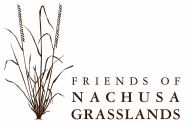
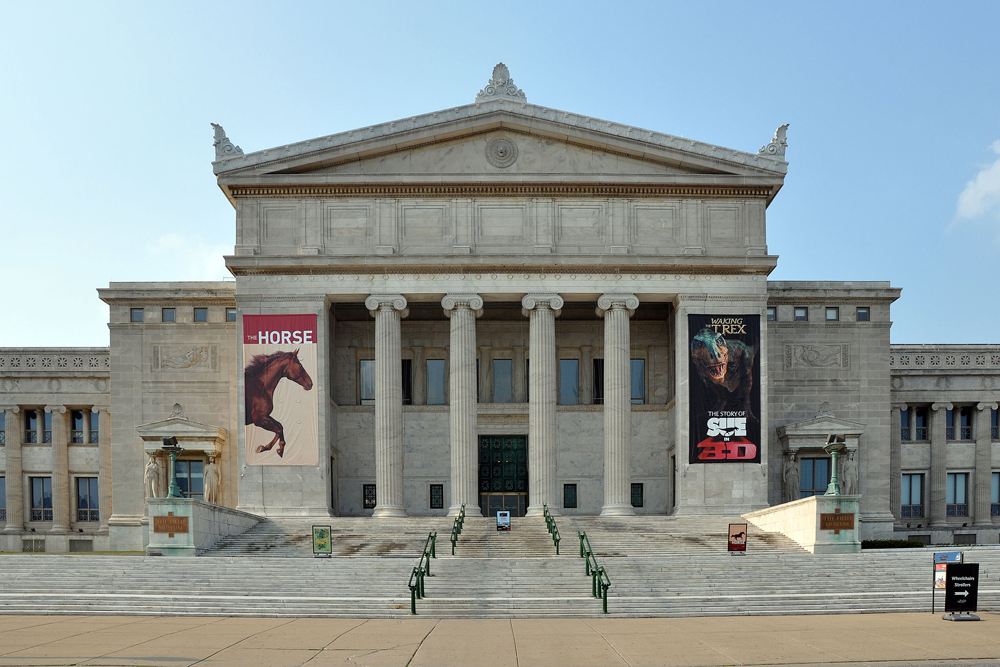
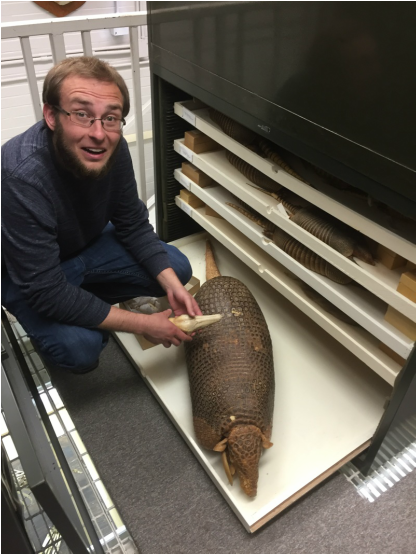
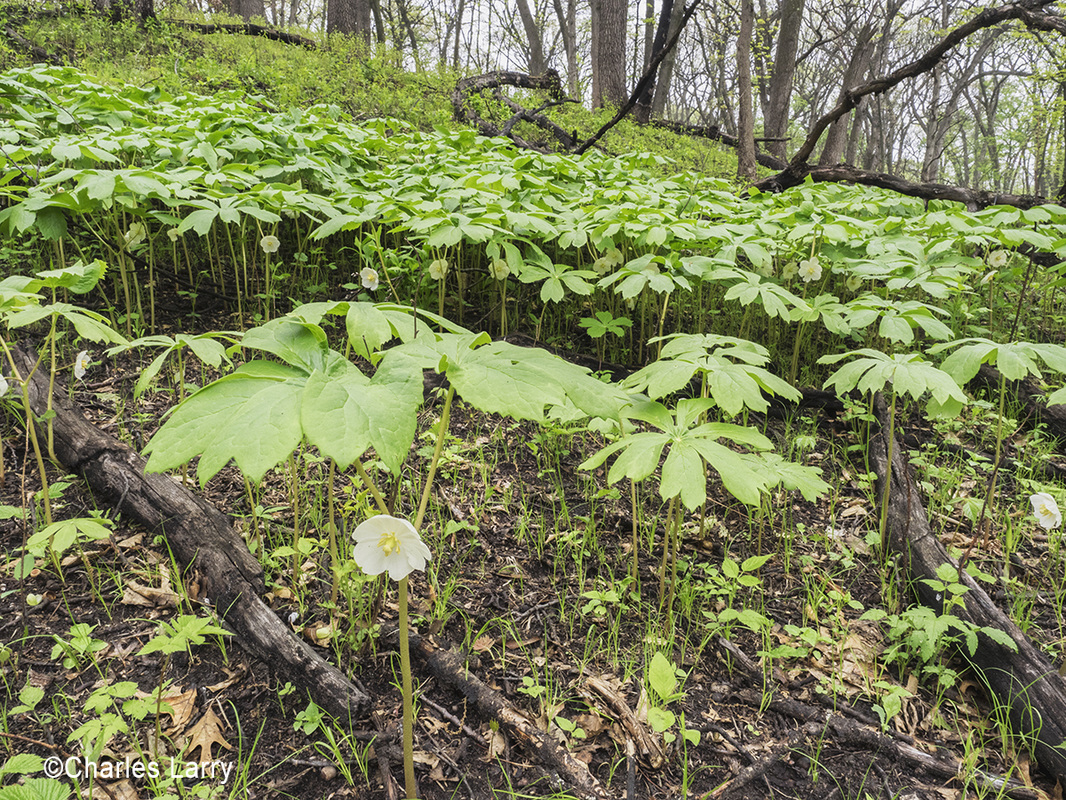
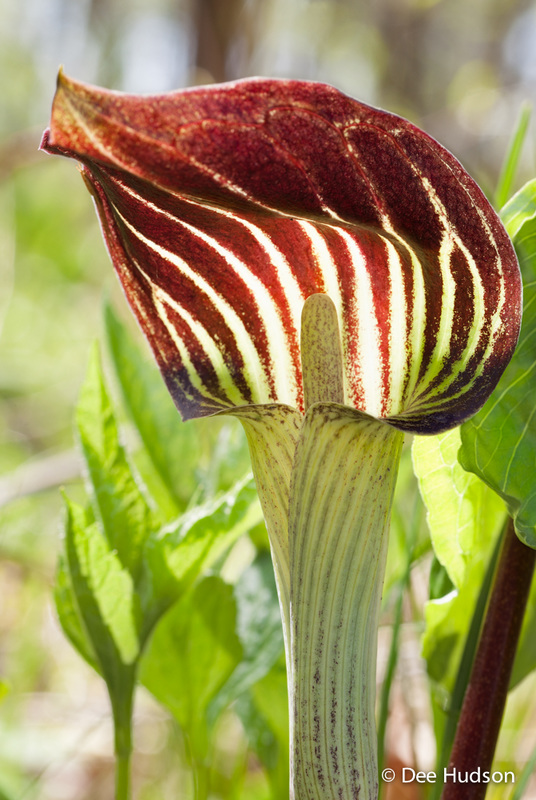
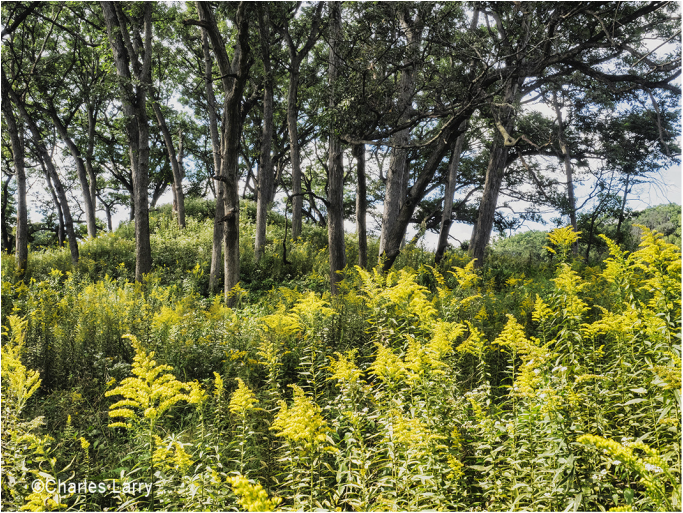
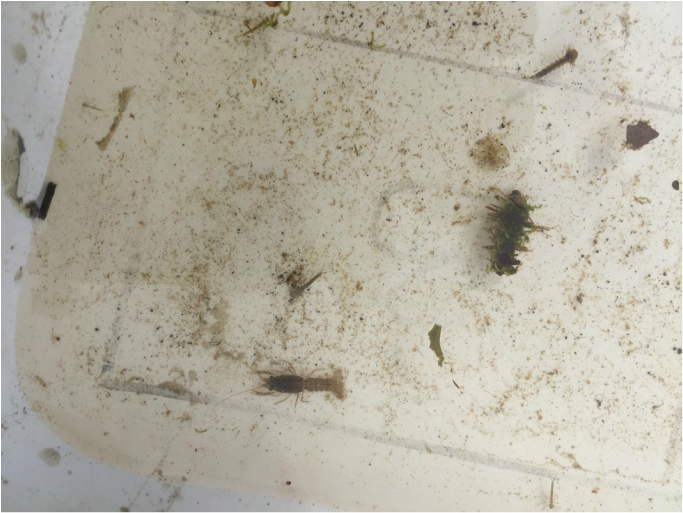
 RSS Feed
RSS Feed